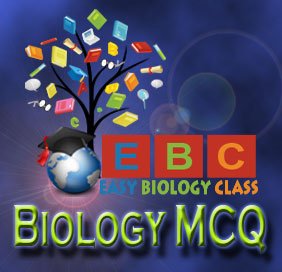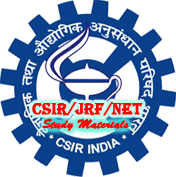CSIR/JRF/NET: Life Sciences, December 2014 (II):
Part B (Original Questions)
New: NET Life Sciences Dec 2015 Question Paper with Detailed Answer key
(1). Chirality of DNA is due to:
a. The bases
b. Base stacking
c. Hydrogen bonds between bases
d. Deoxyribose
Ans: d – Deoxyribose
Biomolecules like DNA, proteins, amino acids and sugars are chiral molecules.
…
(2). Proton motive force during oxidative phosphorylation is generated in mitochondria by:
a. Exchanging protons for sodium ions
b. Pumping protons out into inter-membrane space
c. Pumping hydroxyl ions into the mitochondria
d. Hydrolysis of ATP
Ans: c – Pumping protons out into inter-membrane space
During Electron Transport System (ETS) in the inner mitochondrial membrane, protons are pumped out of the mitochondrial matrix in to peri-mitochondrial space. This creates a concentration gradient of H+ ions between mitochondrial matrix and peri-mitochondrial space to have a proton-motive force. This proton-motive force will be later utilized by the ATP synthase enzyme to synthesize ATP. In chloroplasts, during light reaction of photosynthesis, the proton-motive force is created between inner thylakoid space and chloroplast matrix. Here also this proton-motive force will be later used by ATP synthase to produce ATP.
(For details: Voet and Voet, 2012, Fundamentals of Biochemistry, Ed. 4, Chapter 18, Electron Transport and Oxidative Phosphorylation, Page: 587)
Chemiosmotic theory: (proposed by Peter Mitchel, 1961): Free energy of electron transport is conserved by pumping H+ from the mitochondrial matrix to the inter-membrane space to create an electrochemical H+ gradient across the inner mitochondrial membrane. The electrochemical potential of this gradient is harnessed to synthesize ATP
(For details: Voet and Voet, 2012, Fundamentals of Biochemistry, Ed. 4, Chapter 18, Electron Transport and Oxidative Phosphorylation, Page: 604)
…
(3). In proteins, hydrogen bonds forms as follows: Donor (D)-H— Acceptor (A). Hydrogen bond is more favourable if the angle between D-H and A is:

